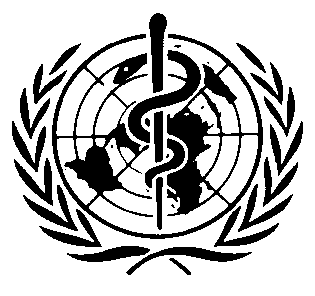International Chemical Safety Cards
| SODIUM THIOCYANATE | ICSC: 0675 |




Sodium sulfocyanate Sodium rhodanide NaSCN Molecular mass: 81.1 CAS # 540-72-7 RTECS # XL2275000 EC # 615-004-00-3 October 28, 2004 Peer reviewed |
| TYPES OF HAZARD/ EXPOSURE | ACUTE HAZARDS/ SYMPTOMS | PREVENTION |
FIRST AID/ FIRE FIGHTING |
| FIRE |
Not combustible.
Gives off irritating or toxic fumes (or gases) in a fire.
|
|
In case of fire in the surroundings: use appropriate extinguishing media.
|
| EXPLOSION |
|
|
|
| EXPOSURE |
|
PREVENT DISPERSION OF DUST!
|
|
| •INHALATION |
Cough.
Further
see Ingestion.
|
Local exhaust or breathing protection.
|
Fresh air, rest.
|
| •SKIN |
|
Protective gloves.
|
Remove contaminated clothes.
Rinse and then wash skin with water and soap.
|
| •EYES |
|
Safety goggles,
or eye protection in combination with breathing protection.
|
First rinse with plenty of water for several minutes (remove contact lenses if easily possible), then take to a doctor.
|
| •INGESTION |
Nausea.
Vomiting.
Diarrhoea.
Weakness.
Confusion.
Convulsions.
|
Do not eat, drink, or smoke during work.
|
Rinse mouth.
Give a slurry of activated charcoal in water to drink.
Refer for medical attention.
|
| SPILLAGE DISPOSAL | STORAGE | PACKAGING & LABELLING | ||
|
Sweep spilled substance into covered containers.
Carefully collect remainder.
Personal protection: P2 filter respirator for harmful particles.
|
Separated from
acids,
bases
,
oxidants
,
food and feedstuffs
.
Dry.
Well closed.
|
Note: A Xn symbol R: 20/21/22-32-52/53 S: 2-13-61 |
||
| SEE IMPORTANT INFORMATION ON BACK | ||||
|
||||